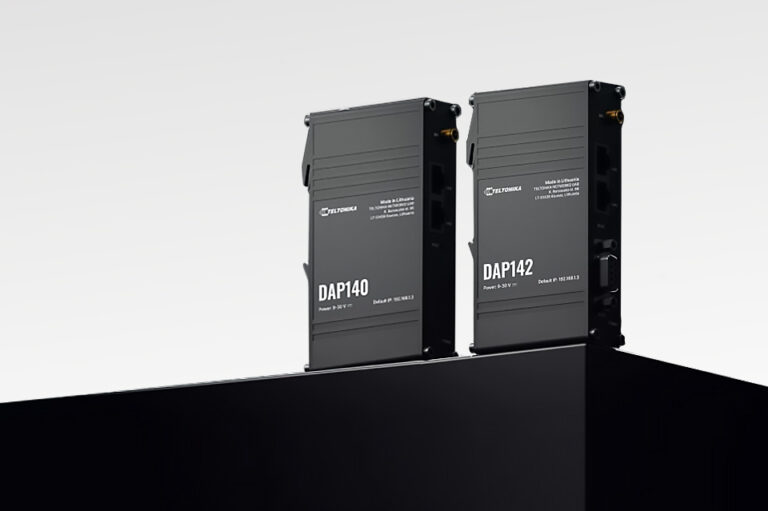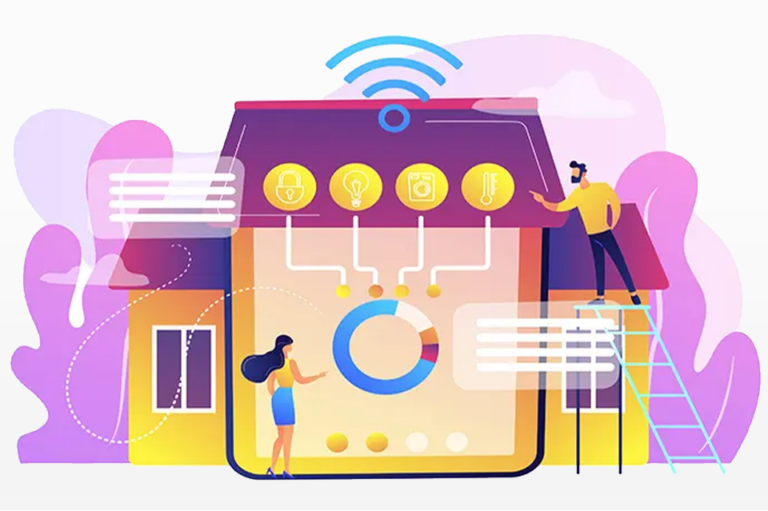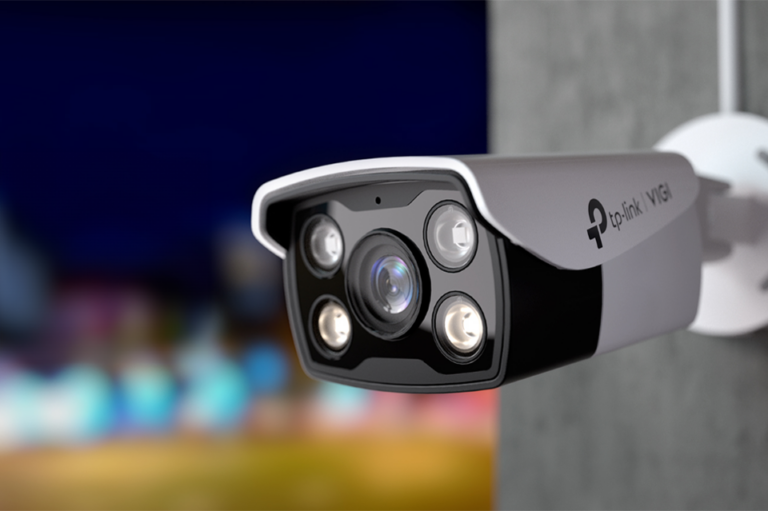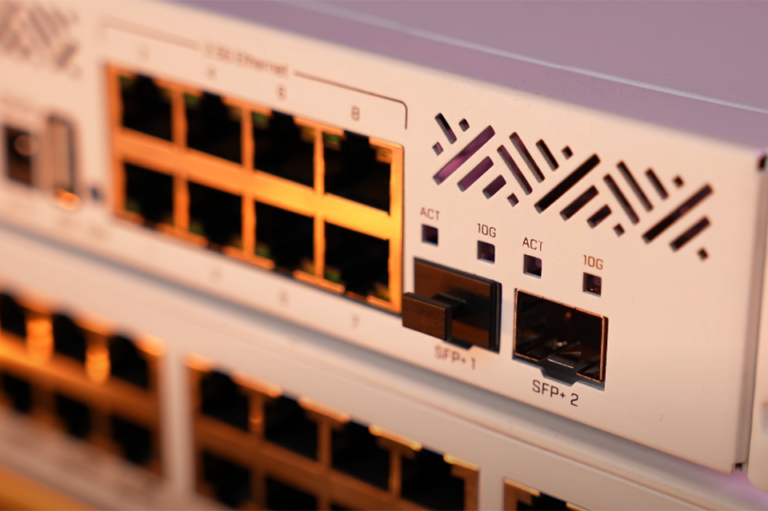Industrial workplaces must become safer. According to the International Labor Organization (ILO), almost 400 million workers worldwide are injured at work every year.
Nearly 3 million people lose their lives due to workplace accidents and illnesses. Traditional safety programs, when implemented, are clearly not enough to eliminate workplace hazards.
A new generation of IoT tools and applications is helping to change the status quo of industrial safety. Sensors, wearables and tracking devices provide real-time data that can prevent accidents – and significantly reduce response times if something does go wrong.
However, with the rapid evolution of IoT, it can be difficult for health and safety workers to identify which solutions offer the most benefit today. While every industrial facility faces unique hazards, the following five IoT systems can contribute to a safer workplace in most industrial environments.
IoT for industrial security: the top 5 solutions according to Minew
All IoT systems consist of at least three elements:
- The sensors that collect data from the place of generation
- The gateway that collects data from sensors and manages data traffic to and from other systems
- Data analysis and processing systems that convert IoT data into actionable insights and communicate them via a user interface
While the Minews list may focus on one of these three elements at a time, each element obviously requires the entire IoT ecosystem to function. With that in mind, here are five IoT solutions that can make your industrial workplace safer today.
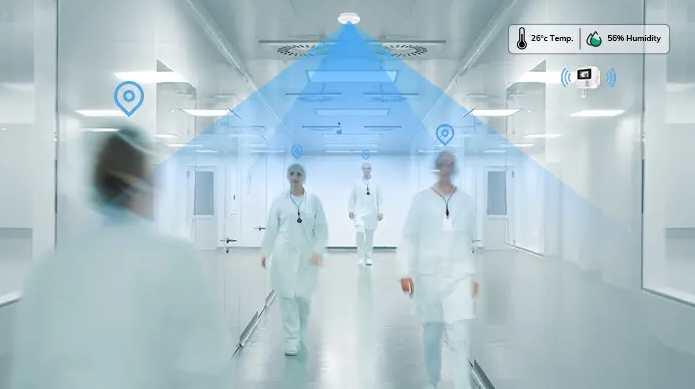
1. sensors for condition monitoring
With industrial temperature and humidity sensors, you can detect dangerous conditions immediately. For example, if a temperature is outside a safe range, the sensor sends a real-time warning to your staff. This gives you enough time to shut down faulty machines and prevent disasters.
Detailed condition data can also enable predictive analytics: advanced algorithms that recognize the increasing likelihood of future failures. With real-time notifications and predictive tools, industrial plants can significantly reduce the risk of accidents resulting in injury.
S1 HUM & TEM SENSOR - MINEW S1 - Bluetooth temperature and humidity sensor
Extremely durable, waterproof and shockproof.
2. access and authentication of wearables
Unauthorized use of devices is unsafe. The same goes for unauthorized entry into dangerous or sensitive areas of your facility. Dynamic IoT tags worn on the body can help prevent these threats in two ways.
Firstly, they use near-field communication technology (NFC) to grant only authorized personnel access to rooms and devices. Secondly, they provide real-time location data. Should unauthorized access occur, security personnel are informed immediately.
3. human detection security systems
Millimeter-wave radar sensors open up new possibilities for IoT security systems. This technology can detect human movement with high sensitivity, even through walls and other obstacles.
This increases staff security by preventing malicious perpetrators from gaining access to your facility. However, a system based on millimeter wave radar sensors can also monitor the vital signs of staff in an unobtrusive way. Millimeter wave radar sensors even detect movement, such as falls, so you can intervene immediately.
4. asset tracking tags
In the event of a serious injury at work, quick reaction times can save lives. In a study, 43% of patients in cardiac arrest survived if they were resuscitated within four minutes and thoroughly treated within eight minutes. After one of these time limits had expired, the chances of survival began to decrease.
In an industrial workplace, equipment is required for accident response: spill boxes, defibrillators, first aid kits, etc. With the help of trailers, the emergency services can determine where these life-saving aids are located at any time. In the heat of the moment, they can check the system and get what they need without having to search for the right tool.
E8S - Bluetooth 5.0 Asset Tag
Dimensions: 36.5 x 23.7 x 5 mm, Weight: 6.5 g, Material: ABS, Bluetooth protocol: BLE5.0, Battery: 1x CR button cell, 230 mAh, 200 days, Built-in sensor: Accelerometer, Range: 60 m
5. telematics systems for vehicles
An outdoor mobile LTE gateway can provide you with vital – and potentially life-saving – information about how your work vehicles are operating. Such a device can detect the ignition so you always know when the vehicles start. It can track location via GPS. It can also act as a hub for other tracking devices – from temperature sensors to accelerometers – to provide real-time data on vehicle usage.
P1 PLUS
Such a system warns you of accidents, but can also help to prevent them. A door sensor warns you if a refrigerated trailer is not sufficiently sealed, so you can rectify the problem before your cargo spoils. Or if the vehicle temperature exceeds the permissible limits, the temperature sensor informs you so that you can intervene immediately.
Getting started with industrial security IoT
Still daunted by the idea of getting started with IoT for industrial security? Look for a provider that offers complete IoT starter kits. These cost-effective product packages include sensors, gateways, a cloud platform and software – everything you need to test your IoT use case in your facility’s real-world environment.
An IoT system that improves safety usually pays for itself with the first accident it prevents. Don’t neglect the powerful role of IoT in creating a safer industrial workplace.



